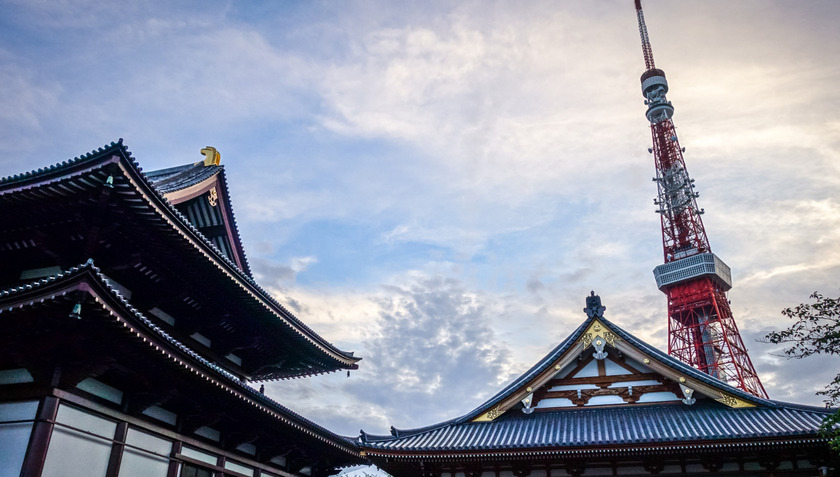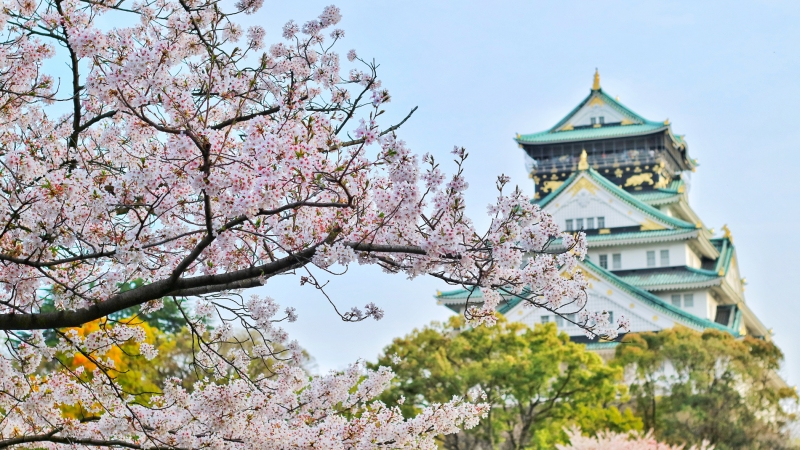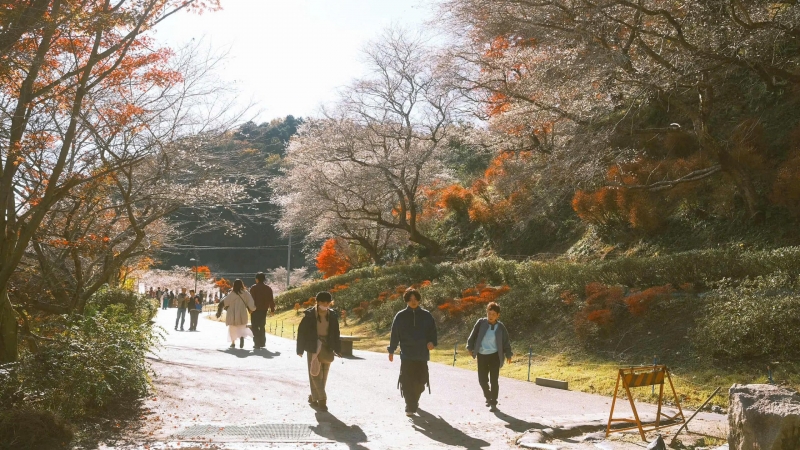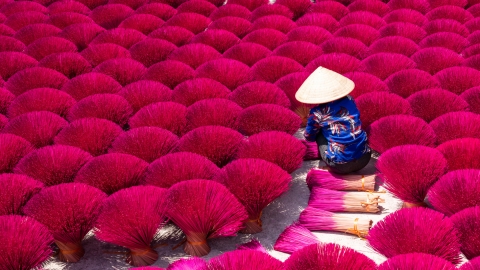Japan is in full bloom with the spring festival atmosphere filling the streets. Millions of Japanese people have been flocking to ancient temples and shrines to participate in the Hatsumode ceremony - a long-standing tradition, to pray for luck, health and peace in the new year.
One of the familiar images at temples and pagodas during the Lunar New Year in Japan is the jingling sound of coins being dropped into the offering box. This Saisen ritual is not only an indispensable part of the Hatsumode ceremony but also has profound cultural significance.

Zojoji Temple, a long-standing cultural icon of Tokyo, has created a new wave in the tradition of visiting temples at the beginning of the year by pioneering the application of modern technology.
Each coin dropped into the donation box is a sincere prayer, expressing the people's respect for the gods and wishing for good things to come in the new year. The money collected from Saisen will be used by the temple to maintain and preserve architectural works, organize charitable activities, and contribute to building a united and warm community. Although there are no specific regulations on the denomination of coins, people often choose coins of small denominations, expressing their respect and modesty.
In the trend of digitizing daily activities, since the end of December, Zojoji Temple has started implementing Paypay online payment as a simple option, parallel to the traditional "coin tossing" form. Digitizing temple worship activities is not only a change in payment methods but also a big step forward in adapting to modern consumer trends. Recognizing the growing demand of visitors, especially young people, for convenient and fast experiences, Zojoji Temple has proactively applied technology to create a new and more convenient form of offering."
Scanning QR codes to perform the Saisen ritual not only helps visitors save time but also minimizes the risk of losing money, bringing a sense of security and comfort. According to monk Takechi Kimihide, abbot of Zojoji Temple, the Saisen custom has the meaning of training people to give up greed, anger and ignorance, and online payment does not reduce that meaning.

Instead of the familiar image of metal coins falling into the donation box, the temple cleverly combined traditional elements with digital technology, encouraging visitors to scan QR codes to perform the ritual.
More and more tourists, both domestic and foreign, are visiting temples without coins and are using online payment methods, so the demand for cashless Saisen rituals will increase in the coming time.
Zojoji Temple is one of the largest Buddhist temples in Tokyo, with a history of hundreds of years. Not only famous for its long history, the temple is also known for its sophisticated architecture and events related to the famous Tokugawa family.
Every year, Zojoji Temple holds a large-scale New Year's event to pray for national peace and prosperity, making it one of the places with the highest number of temple visitors at the beginning of the year in the capital of Japan.



































